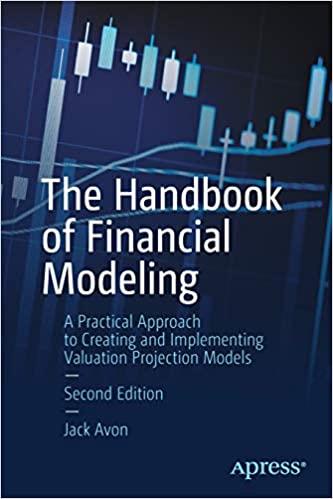Question
Suppose you purchase a 30-year Government of Canada bond with a 5% annual coupon, initially trading at par. In 10 years' time, the bond's yield
Suppose you purchase a 30-year Government of Canada bond with a 5% annual coupon, initially trading at par. In 10 years' time, the bond's yield to maturity has changed to 6% (EAR). (Assume $100 face value bond.)
a. If you sell the bond now, what internal rate of return will you have earned on your investment in the bond?
b. If instead you hold the bond to maturity, what internal rate of return will you earn on your investment in the bond?
c. Is comparing the IRRs in (a) versus (b) a useful way to evaluate the decision to sell the bond? Choose from the options below:
No, IRR is flawed. Use NPV.
No, the two IRRs represent different returns for different time intervals.
Yes, IRR works for bonds, you should pick the choice with the lower IRR because this is effectively a loan
Yes, IRR works for bonds, you should pick the choice with the higher IRR.
Step by Step Solution
There are 3 Steps involved in it
Step: 1

Get Instant Access to Expert-Tailored Solutions
See step-by-step solutions with expert insights and AI powered tools for academic success
Step: 2

Step: 3

Ace Your Homework with AI
Get the answers you need in no time with our AI-driven, step-by-step assistance
Get Started


